Perhaps from English, Cover was locally translated into Cu Vo, meaning shelter, bunker cover, outer shell. According to Huong Hoa people, there are 3 Cu Vo hills in this locality, 2 hills in Huong Linh commune and 1 in Huong Phung commune. In the past, when American soldiers controlled the high points, they often placed "Cu Vo" in these places for shelter. Although the locality has many Cu Vo hills, whenever mentioned, people immediately think of Huong Linh commune.

Cu Vo Peak attracts many tourists to hunt clouds and watch the sunrise - Photo: MINH HIEN
Cu Vo Hill in Huong Linh is more than 800 m above sea level, located in Miet Cu village. Cu Vo village was established by the Van Kieu ethnic people living next to Rao Quan river. When Rao Quan hydropower plant was built, they had to move, and a part of Miet village residents settled on Cu Vo hill.
However, after the Phong Lieu wind power plant was built, nearly 100 households in Cu Vo had to relocate once again. Currently, Cu Vo is surrounded by wind power poles, and buildings such as schools, community houses, etc. are almost all still preserved as evidence of the presence of a small village that once existed here, the rest is under the management of the Phong Lieu wind power plant.
From Khe Sanh Victory Monument, go in the direction of Huong Phung commune for about 10 km, turn left for another 2 km to reach the center of Miet Cu village. From here, it takes about 2 minutes by motorbike to go up Cu Vo hill. Cu Vo is a bare hill with only bushes, sim mua and sau sau (phong huong) growing. From here, you will have a million dollar view, as the young generation now says. A 360-degree view with clouds and wind on all sides.
The concrete road from the Ho Chi Minh Highway, the West branch, to Cu Vo, was constructed by Phong Lieu Wind Power Joint Stock Company. On both sides, trees provide cool shade. The road is winding with steep slopes, very precarious. On one side is a cliff, on the other side is a deep abyss. Looking far away is the green Rao Quan hydroelectric reservoir. It feels like going through Hai Van Pass and looking at the East Sea with the mindset of a person standing at the intersection of earth and sky.
Up the pass is a fairly wide “plain”. The relatively flat terrain with moderate slopes makes me think of a peaceful, remote village located on the top of Truong Son, beautiful and mysterious in the deep forest. The village still has many houses and buildings but no residents. There are only curious visitors from afar who want to come here to hunt clouds and welcome the sunrise. Mr. Pham Van Tu, Director of Phong Lieu Wind Power Plant, told us that to make Cu Vo more and more beautiful and attractive, Phong Lieu Wind Power Plant has planted thousands of peach trees and hundreds of cherry trees. In the near future, this unit will propagate sim and buy native trees to plant on the hills where there are wind power poles.
In early spring, we had the opportunity to come here. On both sides of the road, white bauhinia flowers bloomed, falling into a thick carpet on the ground. There were roads where the cherry blossoms bloomed pink under the golden sunlight. On the cliffs, the red and white orchids also contributed to the fragrance and color of this land at the gate of heaven. In the middle of the vast green grass, there were bushes of sim and mua with purple flowers, making everyone feel like they were lost in Huu Loan's poetry in a desolate afternoon: "The purple color of sim flowers, the purple afternoon of the desolate wilderness"...
According to Mr. Pham Van Tu, many organizations have come here to plant trees recently. For example, the Quang Tri Province Flower Road Development Fund has planted red Osaka trees along the road from the top of the pass; the Buddhist family of Huong Hoa District has also planted nearly 100 ancient cherry trees to contribute a little bit of flower color to beautify this land of clouds. All of them seem to want to cultivate this place to become an ideal destination to watch the clouds and immerse yourself in nature.
Journalist Lam Chi Cong, Chairman of the Quang Tri Province Flower Road Development Fund, after many times going to Cu Vo to enjoy the scenery, was amazed at this prime hilltop. This is the most ideal location to explore the nature of Huong Hoa by "reaching out" to touch... the clouds. And then journalist Lam Chi Cong met people who love beauty and want to do something to develop tourism for their homeland. They had the same idea of building this place into a destination to attract visitors from all over the world. Then the idea of building a tower for tourists to come here to watch the clouds; a bell that when rung to... call the clouds back was formed and nurtured. That is a project that is expected to promote the development of Huong Hoa tourism from socialized capital, mobilized by the Quang Tri Province Flower Road Development Fund.
I have climbed Cu Vo peak countless times, but each time I am delighted by the beautiful scenery, well worth the effort to “climb”. Architect Le Van Thanh, who has been with us many times to survey and define the initial architecture on this mountain peak, also has the same feeling. “It is truly a beautiful place like the Land of Elysium. At this mountain peak, I remember on a beautiful day, we exclaimed that from here we could see Cua Viet beach, see the horizontal horizon from the deep blue of the East Sea. And it is not difficult to identify the two tallest buildings in Dong Ha City, the Saigon - Dong Ha Hotel and the Muong Thanh Hotel rising from the plain.
Looking down from Cu Vo peak is the old forest, further away is Rao Quan hydroelectric reservoir, further away is Huong Linh wind farm. Standing here, we can understand why Huong Linh is the cradle of wind. Because the two sides of the mountain block, only a gap in the middle is Huong Linh commune. This gap often receives wind all year round. But if we consider the wind from the East Sea blowing inland, reaching Huong Hoa through that gap, then Cu Vo peak is like a screen in the west of Quang Tri.
During this time, groups of tourists come to Cu Vo with an eager love for beauty. They come to camp, light a fire overnight here to welcome the dawn in the cold, whether it is summer or autumn. A guard of Phong Lieu wind power plant told us that only when you come here can you know the cold and wind.
Here, people cover themselves with cotton blankets all year round. Here, one can see the rapid change of weather. Clouds surround the hilltop, but in just a moment of admiration, the clouds disappear, giving way to the sun. And sometimes, light rains like the spring weather on the plains suddenly come and go. Only leaving travelers with a little feeling, lingering as if wanting to build a simple house on the slope to satisfy their desire to hide away from the hustle and bustle of everyday life.
Amidst the howling wind on the high hills, as in the time when we went up to Sa Mu peak with writer Hoang Cong Danh of Cua Viet Magazine, he exclaimed: I long for a bell! That's right, amidst the solemnity and sacredness of the mountains and forests, sometimes a bell rings to awaken people's hearts, to crave goodness, to love nature and to love all living things.
Then on this hilltop, people who love beauty, love travel, love their homeland will meet in the Cu Vo sky, ring a long bell to call... the clouds back. And through binoculars to locate the Cua Viet sea, Trieu Phong plain, Dong Ha city in the distance...
Yen Ma Mountain
Source: https://baoquangtri.vn/goi-may-tren-dinh-cu-vo-187841.htm








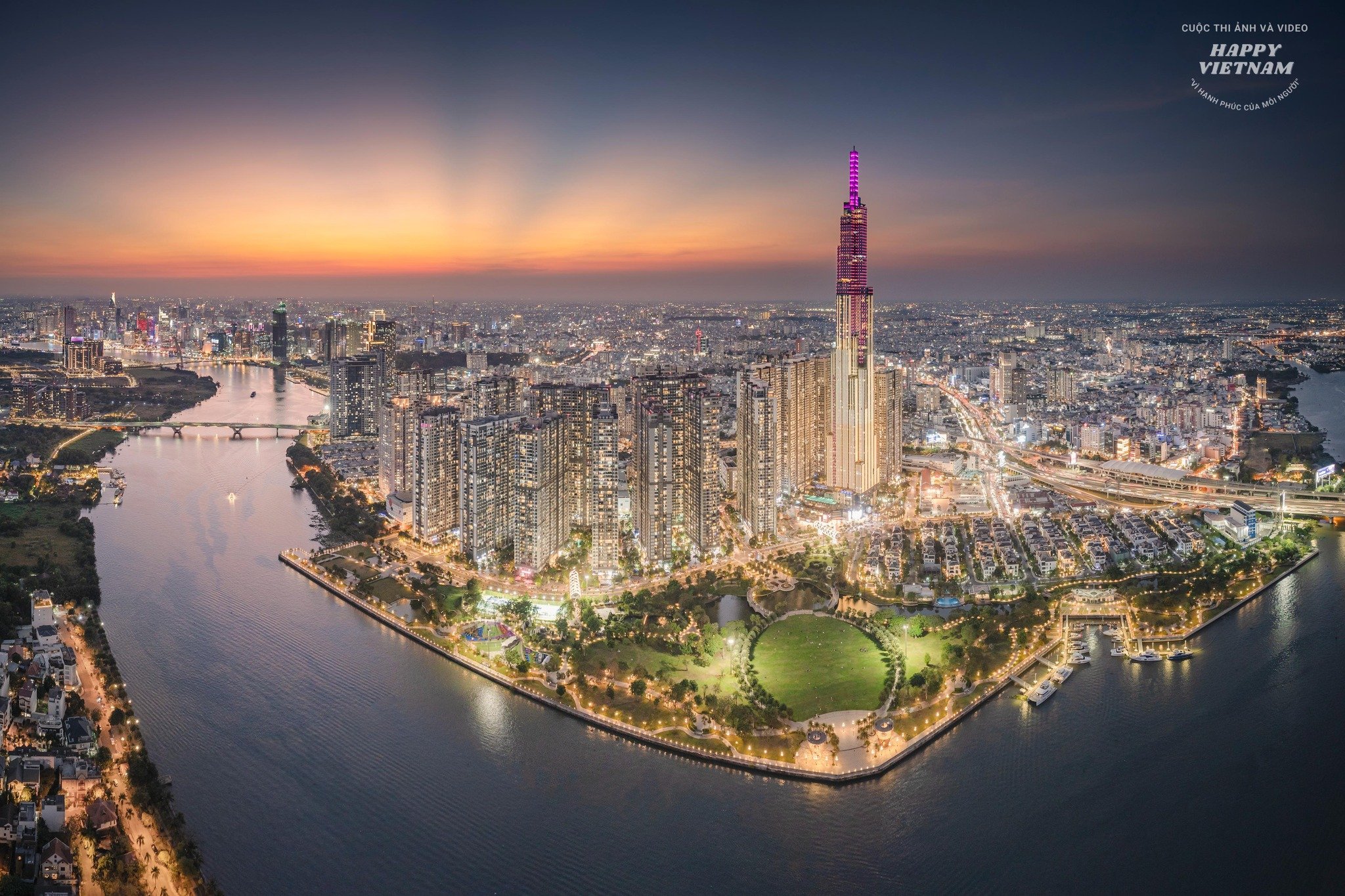



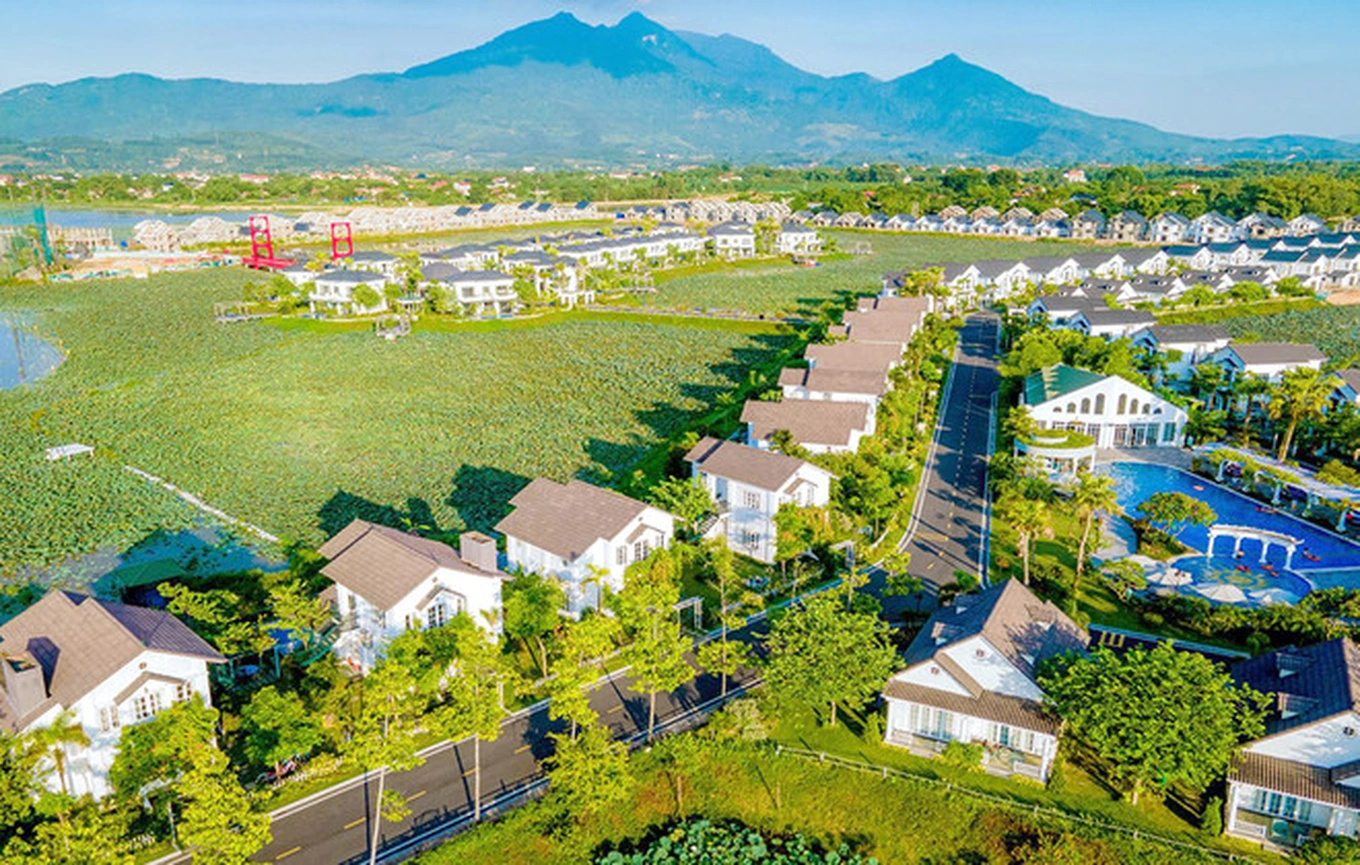
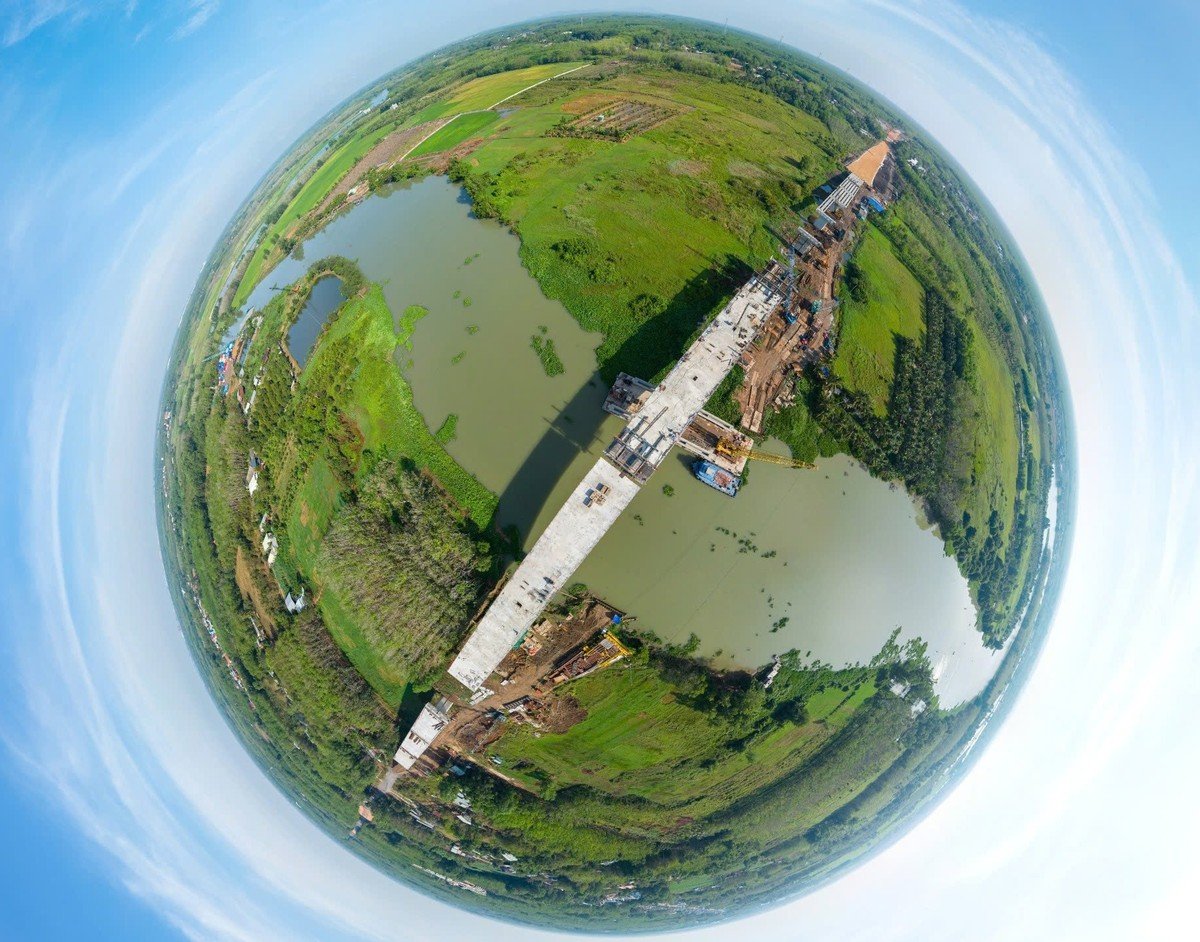

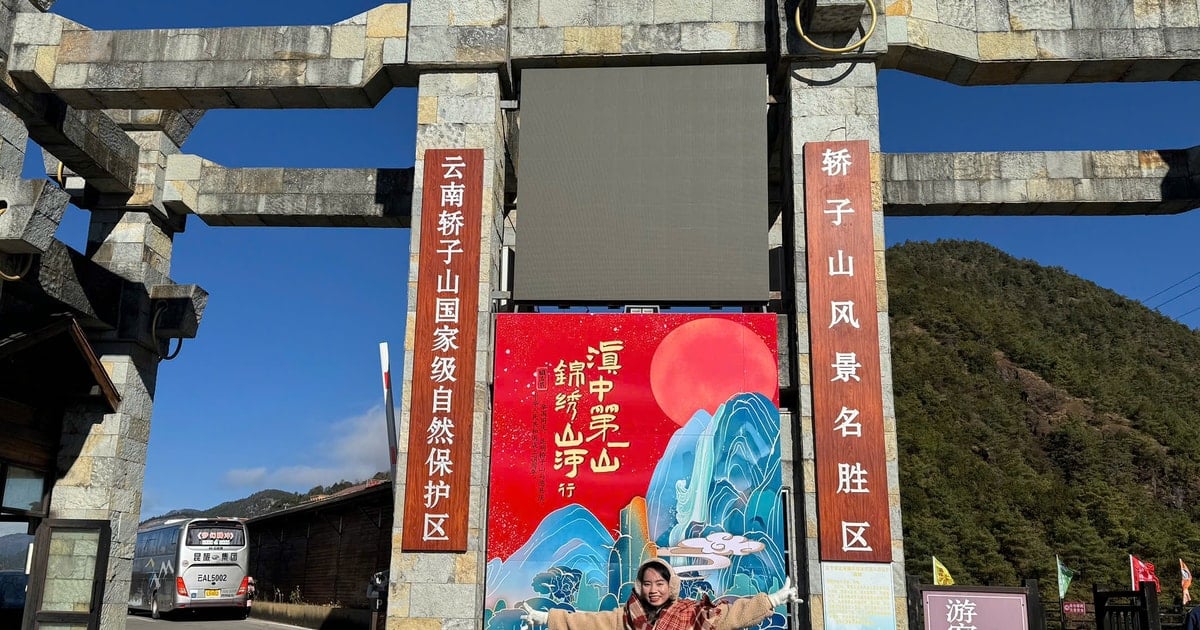
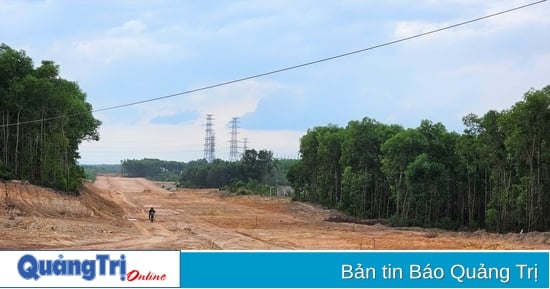








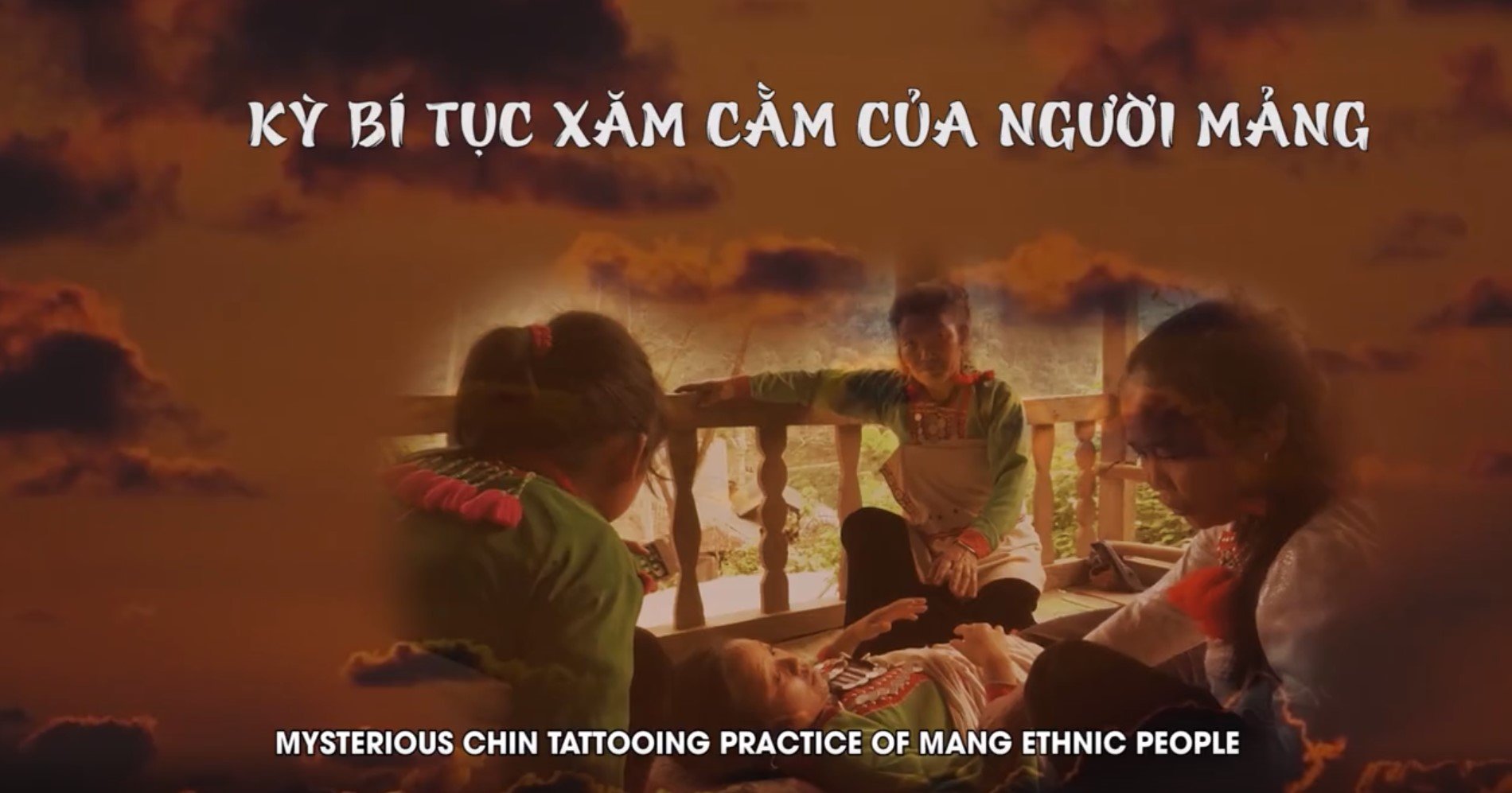
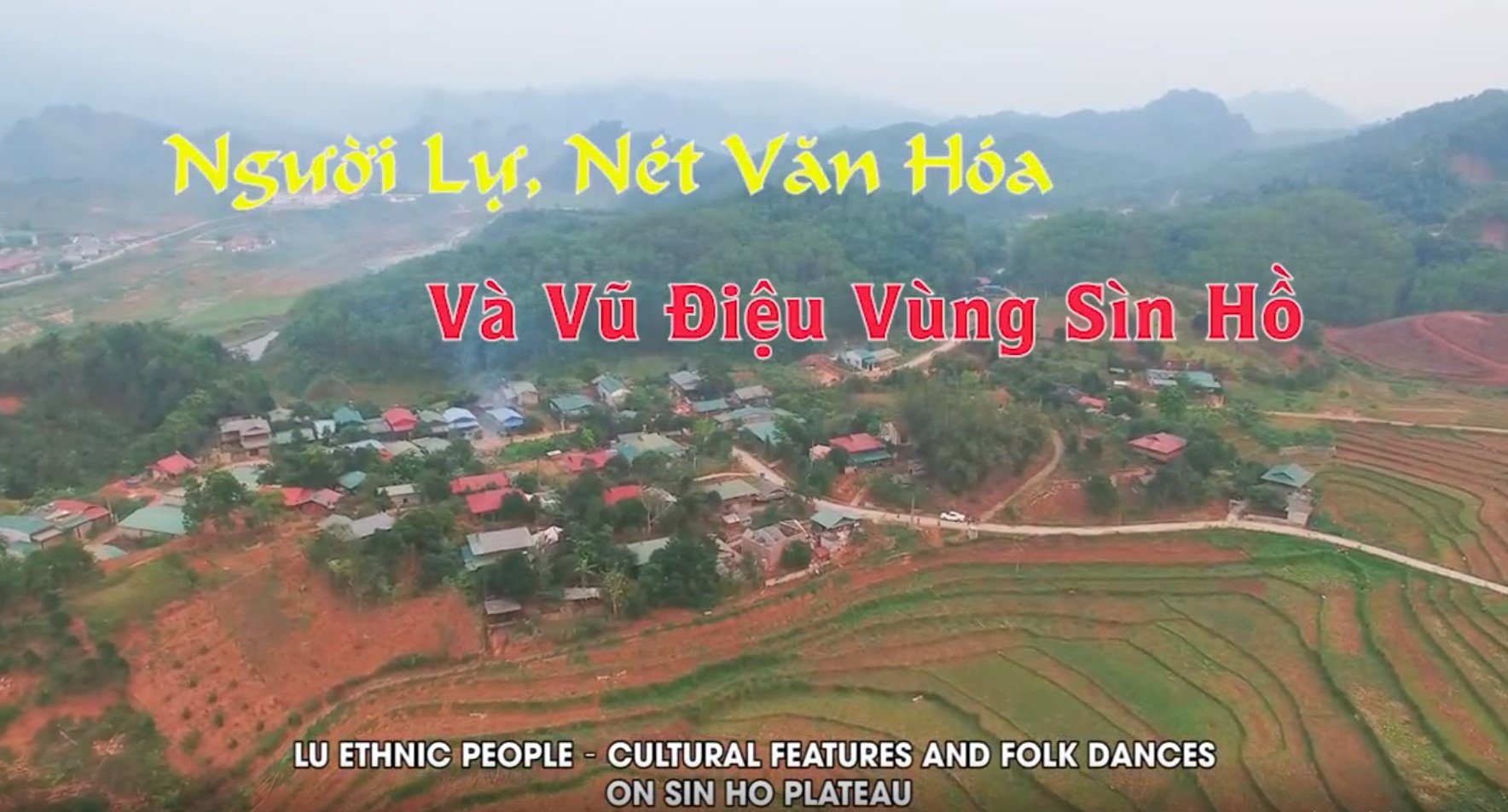
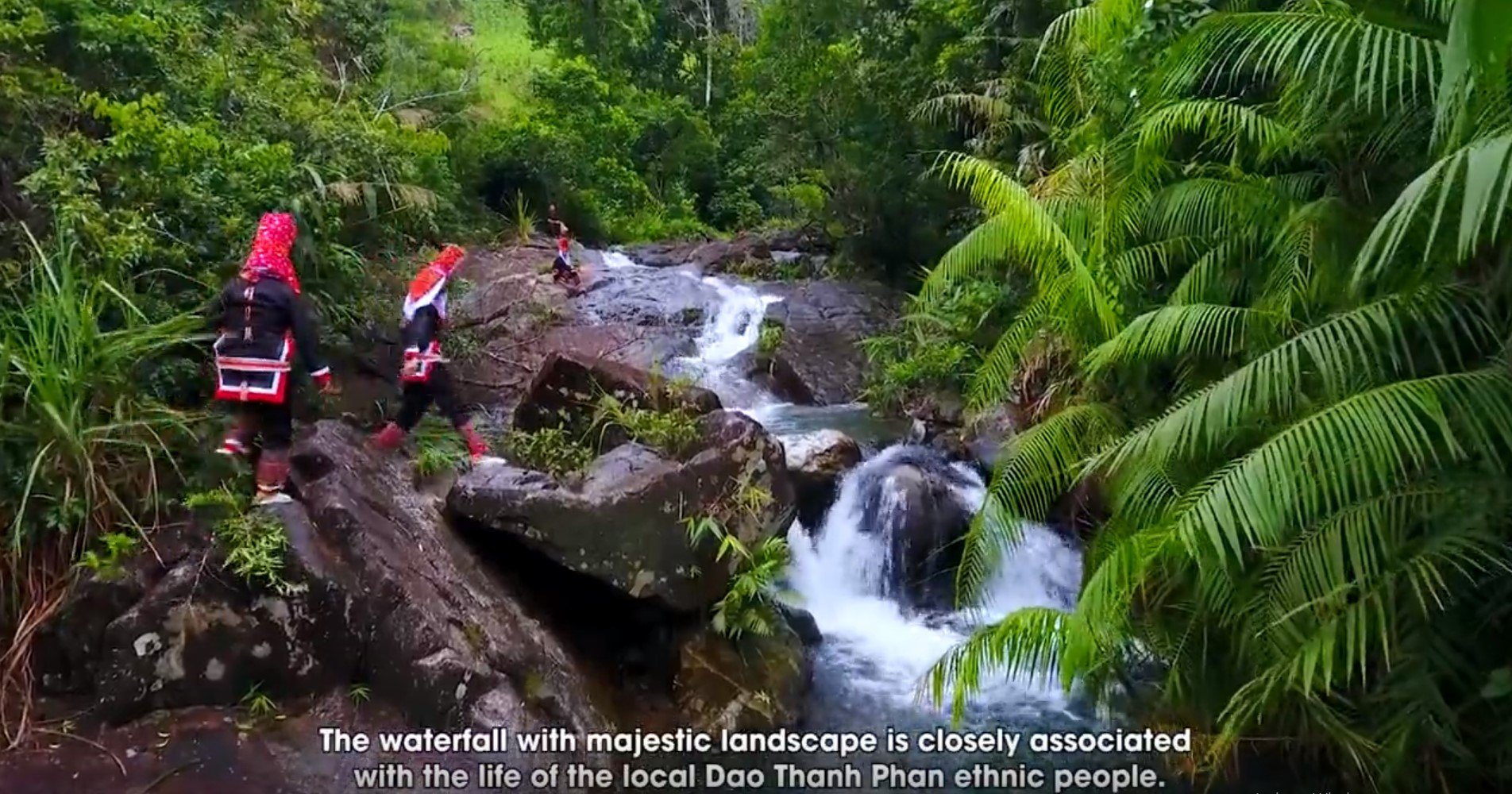
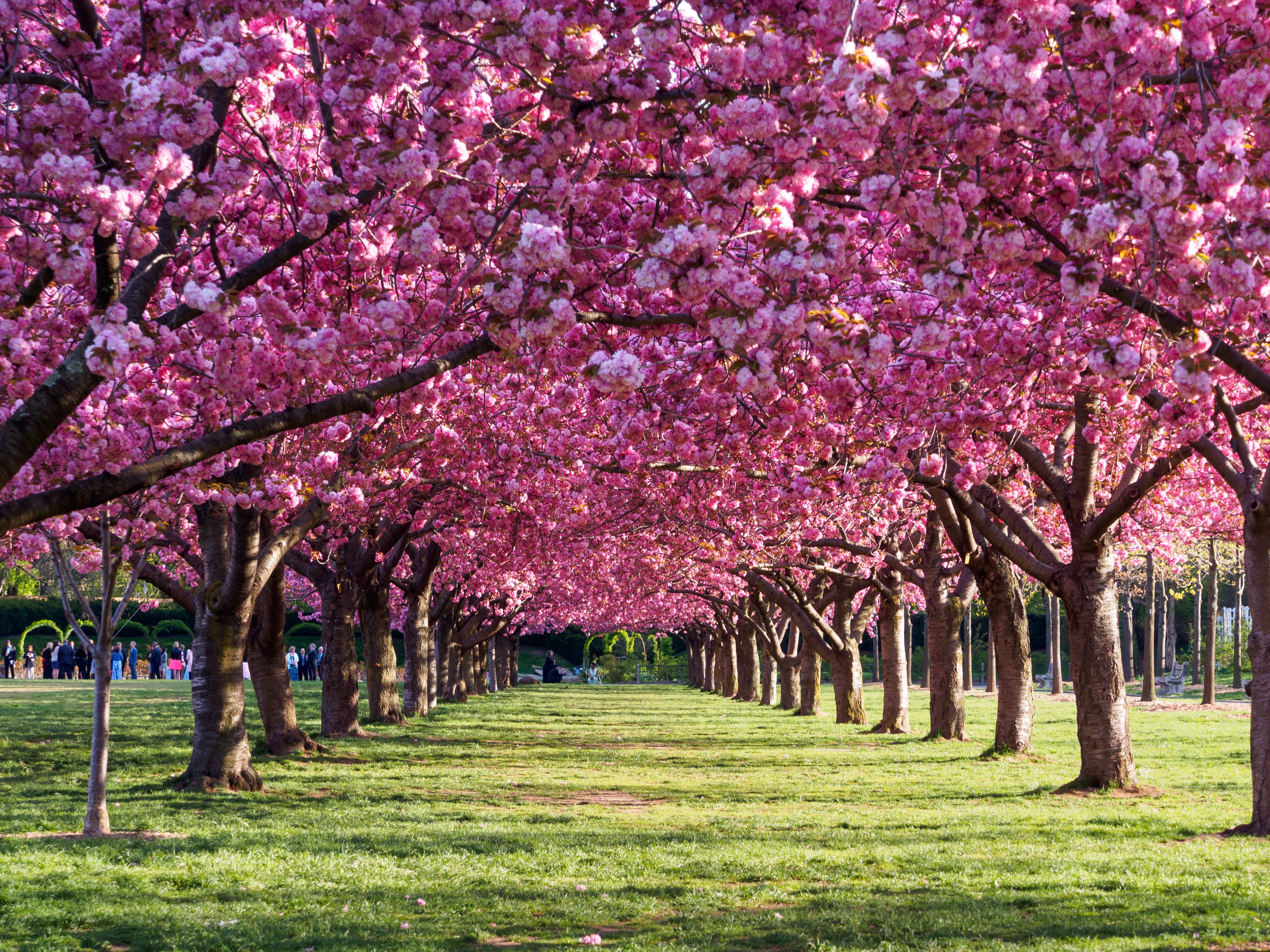
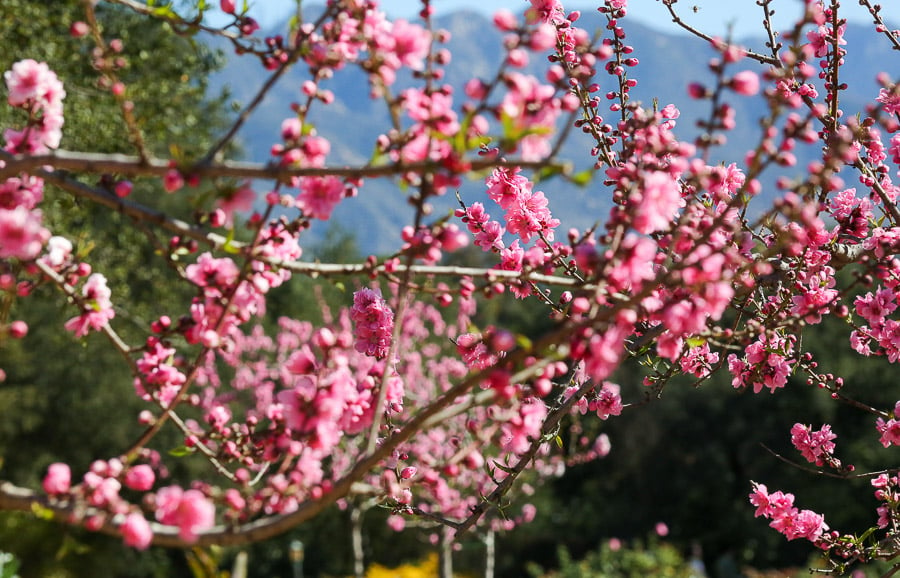







![[Photo] Prime Minister Pham Minh Chinh chairs Government Conference with localities on economic growth](https://vstatic.vietnam.vn/vietnam/resource/IMAGE/2025/2/21/f34583484f2643a2a2b72168a0d64baa)




















































Comment (0)